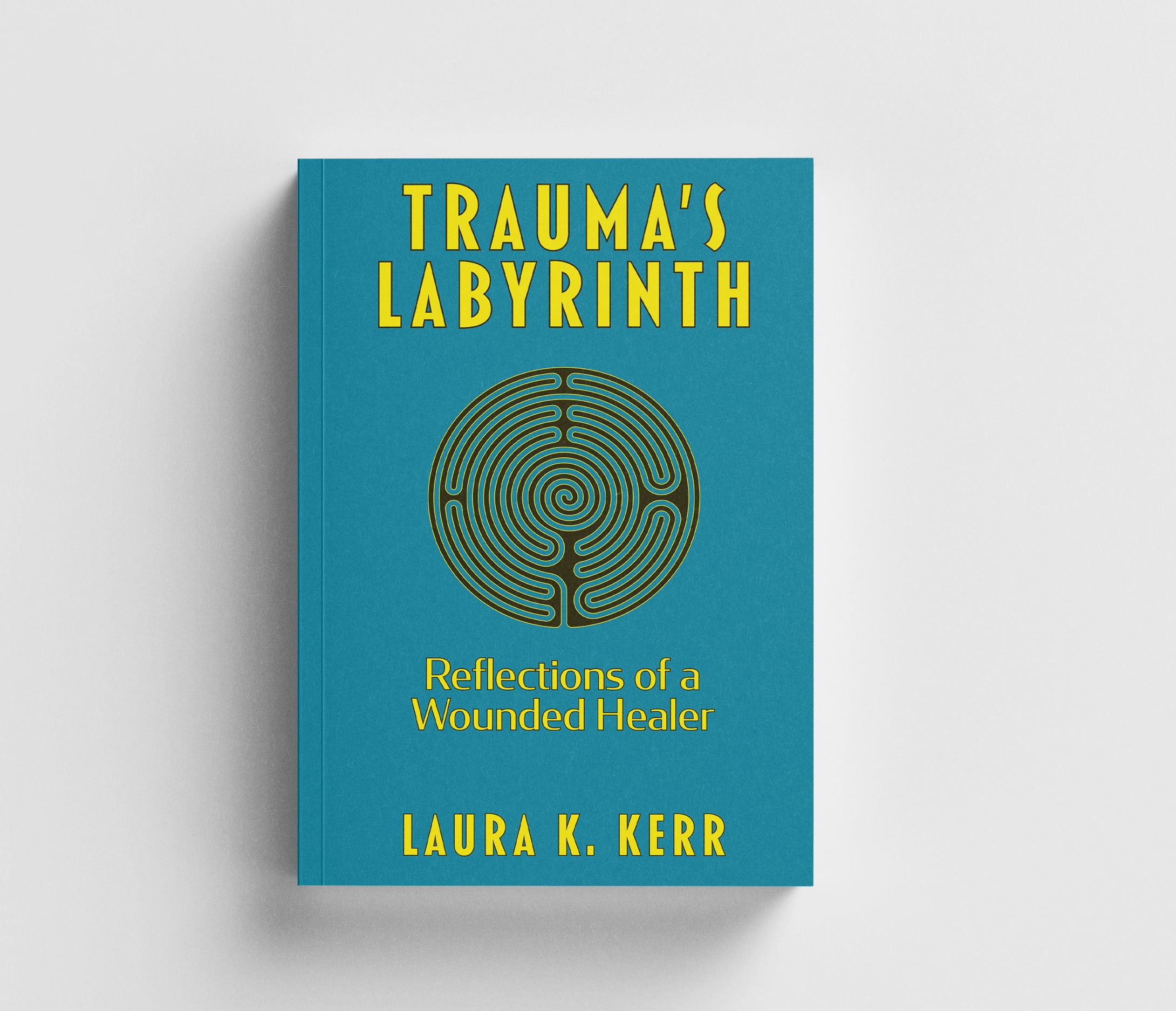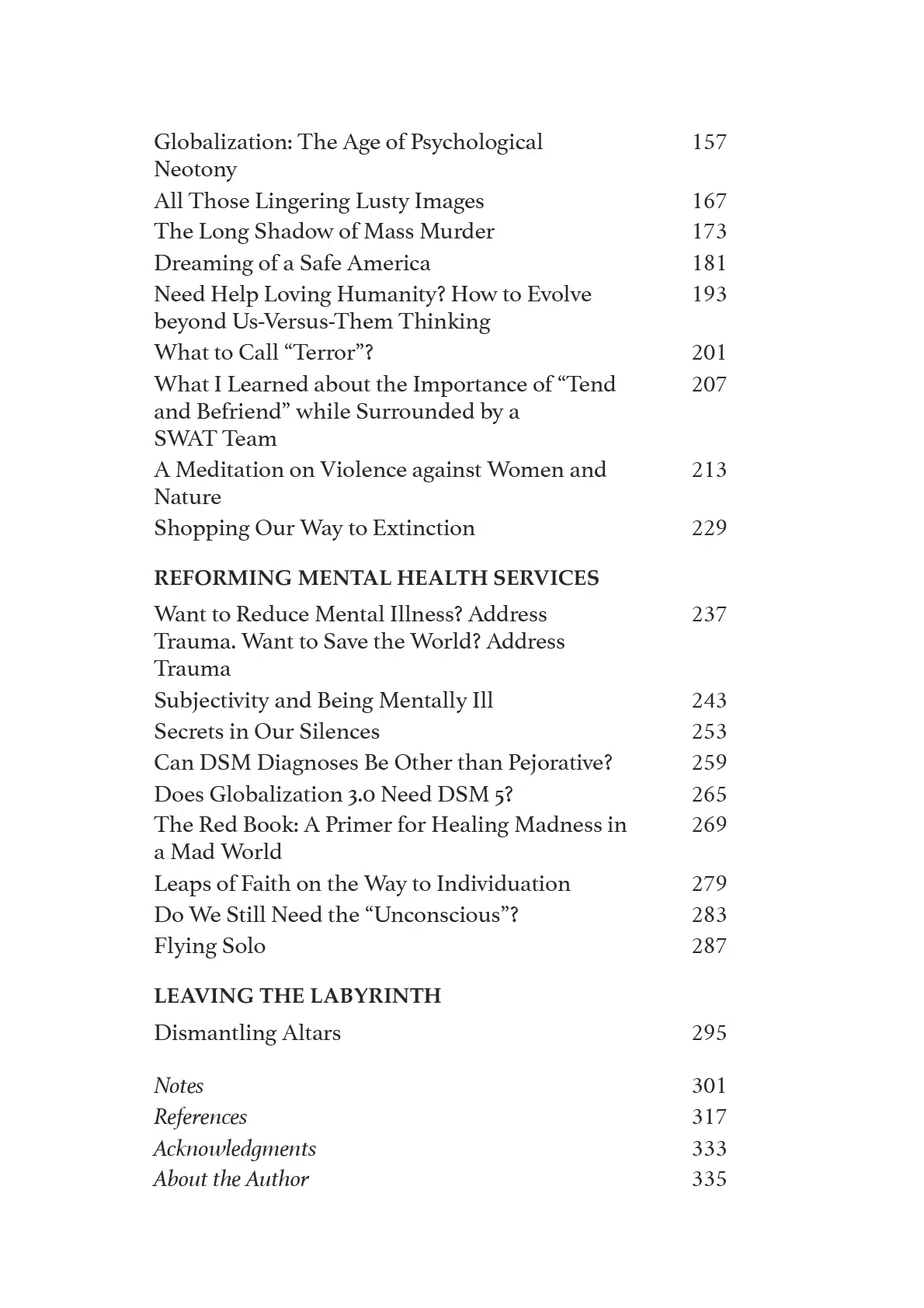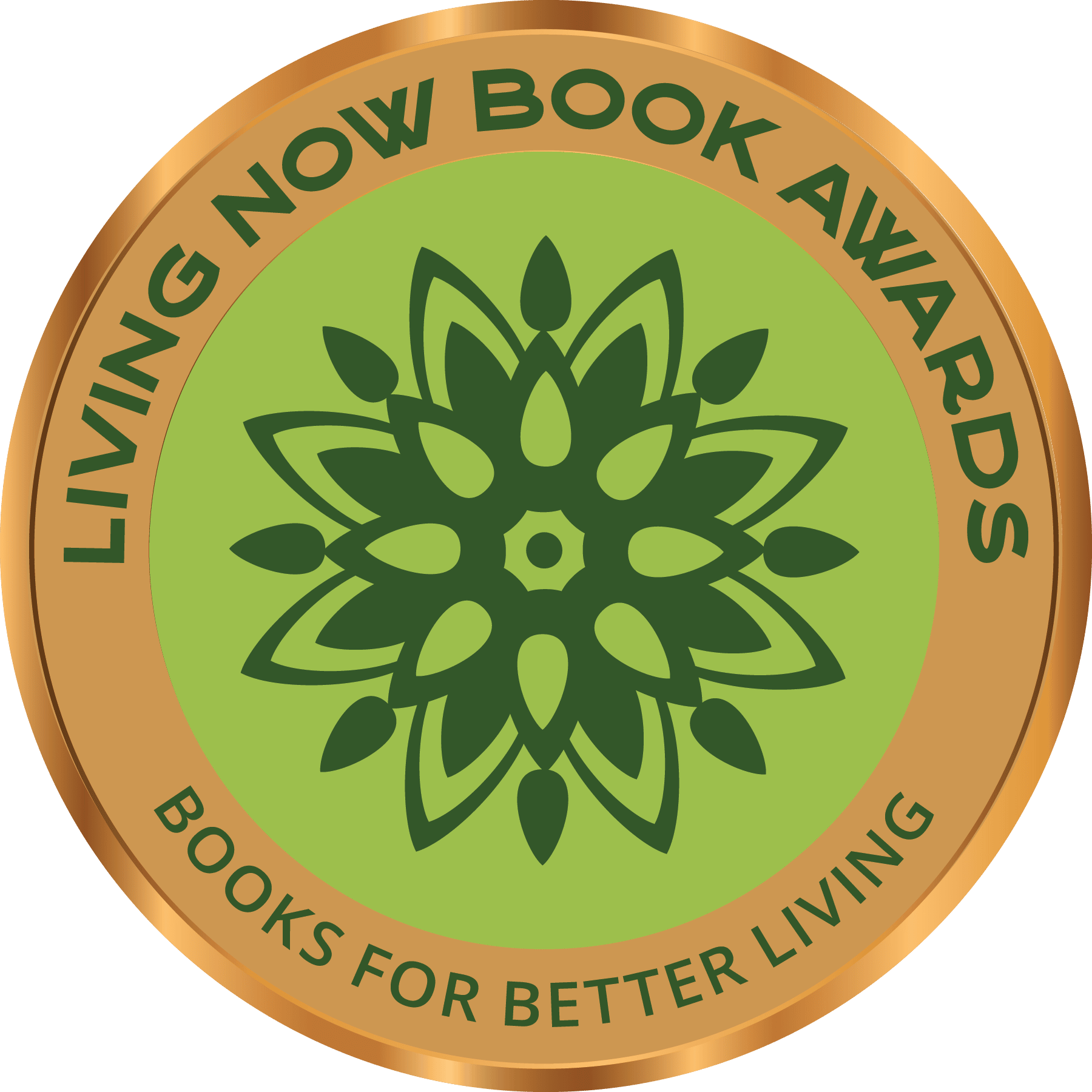Trauma’s Labyrinth:
Reflections of a Wounded Healer
Essays

Recipient of Bronze
Living Now Book Award
Synopsis
Trauma can feel like a labyrinth, twisting on itself like a maze of despair, without end or exit. This seems particularly true in today’s chaotic world of pandemics, climate change, social conflict, and systemic violence. Increasingly, the conditions of the larger world aggravate, if not cause, the traumas in our individual lives.
However, as Laura K. Kerr explores in this wide-ranging collection of essays, not only can we heal from trauma, but we can use it as an opportunity for growth and transformation, changing ourselves and the world for the better. Drawing from her experiences as researcher, trauma survivor, and psychotherapist, she examines various causes of trauma, details how to understand and treat trauma’s effects, and explores the role society plays in activating traumatic defenses. Despite the weightiness of the topic, Dr. Kerr brings hope for lasting, positive change.
As Dr. Kerr shows, the key lies in removing rigid divides, like those between wounded and healer, self and society. When they are integrated, healing becomes transformative and enduring—not only for ourselves but for the increasingly traumatized world in which we live.


The purpose of life is to live it, to taste experience to the utmost, to reach out eagerly and without fear for newer and richer experience.
—Eleanor Roosevelt

